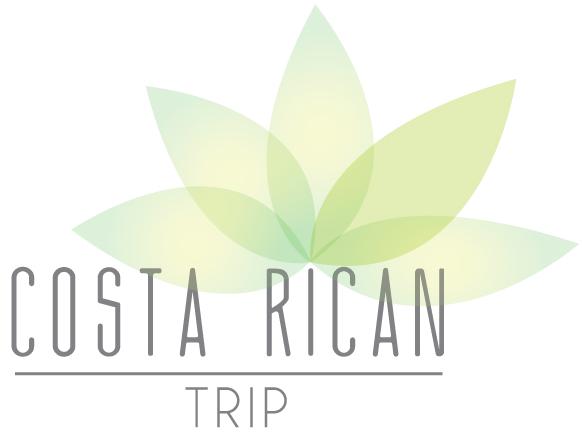Costa Rica Information
Costa Rica is located in Central America. It's an oasis of calm among its neighbours and an ecotourism heaven, making it one of the best places to experience the tropics with minimal impact. It's also mostly coastline, which means great surfing, beaches galore and a climate built for relaxing.
Costa Rica's enlightened approach to conservation has ensured that lush jungles are home to playful monkeys, languid sloths, crocodiles, countless lizards, poison-dart frogs and a mind-boggling assortment of exotic birds, insects and butterflies. Meanwhile, endangered sea turtles nest on both coasts and cloud forests protect elusive birds and jungle cats.
Costa Rica is a tropical country and experiences only two seasons: wet and dry. The dry season is generally between late December and April, and the wet season lasts the rest of the year. The Caribbean coast tends to be wet all year. Temperatures vary little between seasons; the main influence on temperature is altitude. San José at 1150m (3772ft) has a climate that the locals refer to as 'Eternal Spring': lows average 15°C (60°F); highs average 26°C (79°F). The coasts are much hotter, with the Caribbean averaging 21°C (70°F) at night and over 30°C (86°F) during the day; the Pacific is a few degrees warmer still.
Costa Rica is bordered to the north by Nicaragua and to the southeast by Panama. It has both a Caribbean and a Pacific coast. A series of volcanic mountain chains runs from the Nicaraguan border to the Panamanian border, splitting the country in two. In the centre of these ranges is a high-altitude plain, with coastal lowlands on either side. Over half the population lives on this plain, which has fertile volcanic soils. The Caribbean coast is 212km (131mi) long and is characterised by mangroves, swamps and sandy beaches. The Pacific coast is much more rugged and rocky, and, thanks to a number of gulfs and peninsulas, is a tortuous 1016km (630mi) long.
Costa Rica is noted more for its natural beauty and friendly people than for its culture. The overwhelming European influence erased almost all indigenous culture, and because Costa Rica was a country of subsistence agriculturalists until the middle of the 19th century, cultural activity has only begun to blossom in the last 100 years.
By some estimates, more than 75% of Costa Ricans are Roman Catholics and 14% are evangelical Christians. In practice, most church attendance takes place at christenings, funerals and marriages. Blacks on the Caribbean coast tend to be Protestant, and there is a sprinkling of other denominations in San José, including a small Jewish community. Spanish is the official language, though English is understood in touristed areas. Many Caribbean blacks speak a lively dialect of English, known as Creole. Indigenous languages are spoken in isolated areas, primarily Bribrí, which is estimated to be understood by about 10,000 people.
Full Name: Republic of Costa Rica
Capital City: San Jose
Area: 51,100 sq km/ 19,730 sq miles
Population: 4,872,000
Time Zone: GMT/UTC -6 ()
Daylight Saving Start: not in use
Daylight Saving End: not in use
Languages: Spanish (official)
English (other)
Religion: 75% Roman Catholic, 14% Protestant
Currency: Costa Rican Colon (¢)
Electricity: 120V 60HzHz













